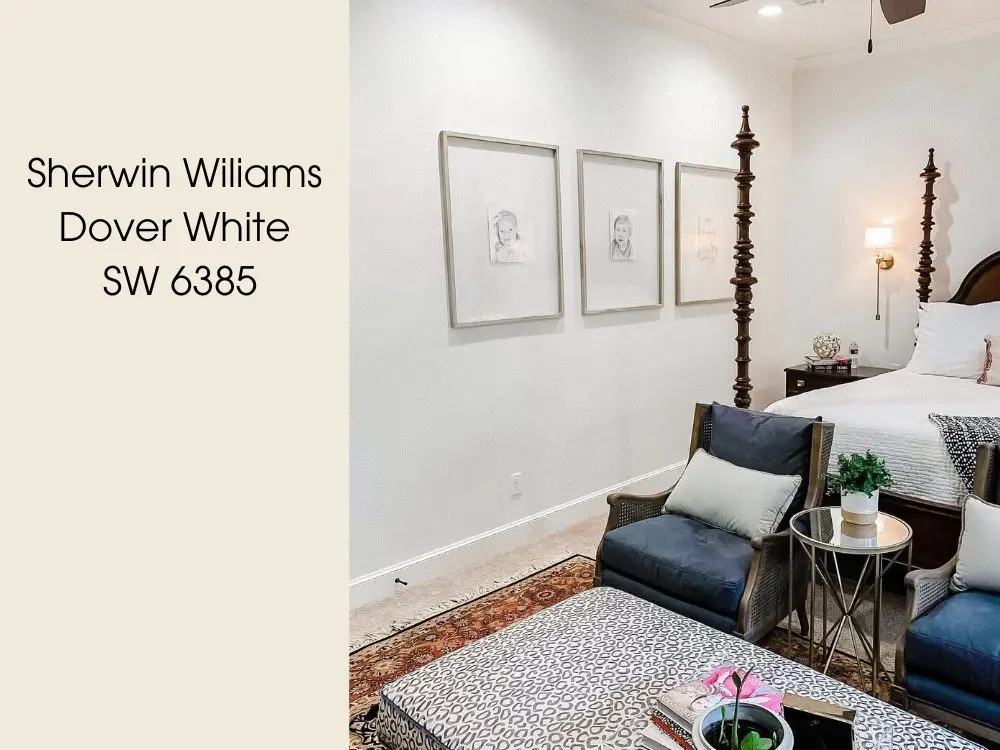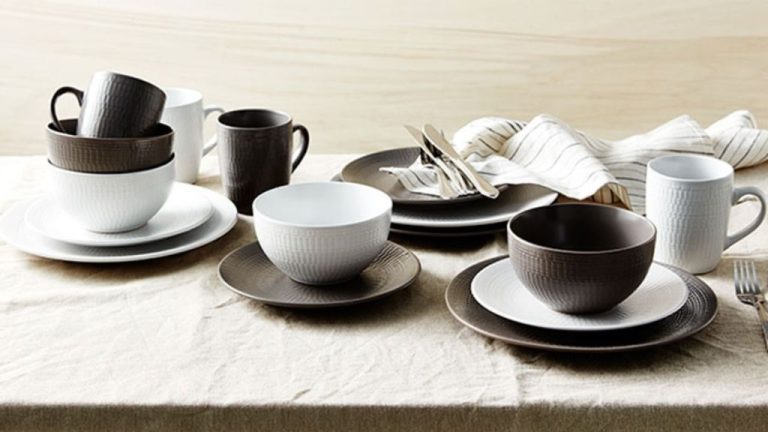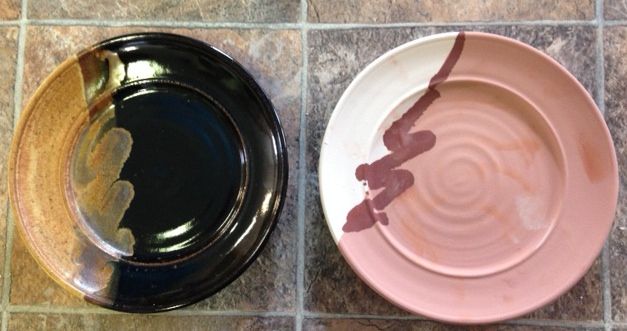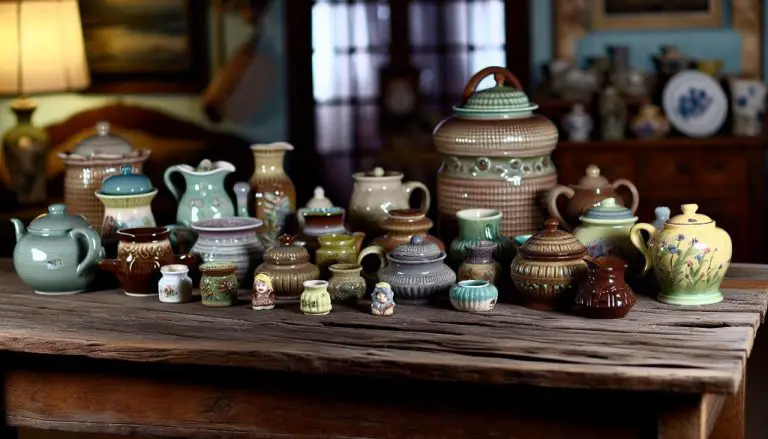Is Dover White Similar To White Dove?
Introduce Dover White and White Dove Paint Colors
Dover White and White Dove are two popular white paint colors often used in home interiors. Dover White is a color produced by Glidden, while White Dove is made by Behr. At first glance, these two whites may seem quite similar. However, upon closer inspection there are some notable differences between Dover White and White Dove worth understanding before deciding which to use.
Dover White and White Dove are both clean, versatile whites produced by major paint brands. But the undertones, reflectance, and overall impression vary.
Describe Origins and Characteristics of Dover White
Dover White was originally created by paint company Glidden and is now offered by Sherwin-Williams as color SW 6385 in their catalog of paints. Dover White is described as a “classic, clean white” with subtle cool undertones that have a hint of blue/gray (Sherwin-Williams). The subtle coolness gives Dover White a bright, crisp look compared to warmer white paint colors.
Even though Dover White leans slightly cool, it is still considered a versatile neutral white that works well in any room of the home. The hint of gray makes this a popular choice for modern, contemporary, and transitional interiors. It creates a clean, simple backdrop in kitchens, bathrooms, living rooms, bedrooms and more.
According to Sherwin-Williams, Dover White reflects 81% of available light, giving it excellent hiding power to conceal existing colors and cover walls evenly. It has a LRV (Light Reflectance Value) of 86.
Describe Origins and Characteristics of White Dove
White Dove is a warm white paint color created by Benjamin Moore. According to https://thecolorconcierge.com/white-dove-color-review/, White Dove has slight warm, greige undertones that give it a soft, muted appearance. The paint color is considered to be very versatile and works well in any room of the home. With an LRV (light reflectance value) of 85.4, White Dove reflects a good amount of light while still having those barely perceptible grayish-beige undertones that differentiate it from a stark, flat white.
The well-known paint brand Benjamin Moore first created the popular White Dove color in the 1990s. Since then, it has become one of Benjamin Moore’s best selling paint colors. The subtle greige/gray undertones provide a softer, more sophisticated look than many bright whites. According to https://www.theharperhouse.com/benjamin-moore-white-dove-oc-17/, the slight gray pigment in White Dove helps ground the color, keeping it from looking overly yellow or warm.
Compare Undertones
One of the most notable differences between Dover White and White Dove is their undertones. According to design experts, Dover White has cool, blue-gray undertones that give it a slightly icy, crisp look. In contrast, White Dove has very subtle warm, greige undertones that lend a hint of creaminess and softness (https://heatherednest.com/dover-white/).
These differing undertones impact how other colors will appear next to the whites. The coolness of Dover White makes warm tones like reds and oranges “pop,” while its grayness makes blues and greens take on a more vibrant, saturated look. White Dove’s slight warmth, on the other hand, complements and underscores the warmth in woods, reds, and yellows without allowing them to become overbearing (https://www.heytherehome.com/sherwin-williams-dover-white-review/).
So if you want crisp, vivid contrast with warm colors, Dover White would be the better choice. But if you prefer softer, more harmonious interplay between warm tones, White Dove’s greige undertone may be more suitable for your space and color scheme.
Compare Uses
Both Dover White and White Dove work well for a variety of interior spaces and purposes, but there are some notable differences in their aesthetic.
With its warmer, creamier undertone, Dover White is often thought to evoke a more modern, clean look. This pure white paint color can lend a bright, airy feeling to rooms. Dover White is popular for contemporary homes as well as bathrooms, kitchens, and other spaces where a fresh, crisp white is desired. According to design experts, Dover White works well in modern homes with lots of natural light.
In contrast, White Dove’s slightly cooler undertone gives it a softer, more traditional look. The grayish tint makes this a versatile neutral that works with various decor styles. White Dove is especially common in living rooms, bedrooms, and other areas where a warm, welcoming white is preferred. Designers often recommend White Dove for vintage, cottage, or farmhouse style homes. Its soft qualities make it ideal for cozy spaces.
So while both whites are versatile across interior applications, Dover White leans more modern and White Dove more traditional. The choice comes down to the aesthetic you want to achieve.
Compare Light Reflectance
Light reflectance value (LRV) measures how much light a color reflects. The higher the LRV, the more light the color reflects. According to Sherwin Williams Dover White Paint Color Review, Dover White has an LRV of 82, while White Dove has an LRV of 77. This means Dover White reflects more light than White Dove.
The 5 point difference in LRV between the two whites is noticeable. Dover White will make a room feel brighter and more open. White Dove has a slightly warmer, softer look. For contexts where maximum reflectance is ideal like bathrooms and kitchens, Dover White may be the better choice. But for bedrooms and living spaces where a softer light is preferred, White Dove offers a bit more warmth.
In summary, Dover White generally reflects more light due to its higher LRV of 82 versus 77 for White Dove. This makes Dover White appear crisper and brighter, while White Dove provides slightly more warmth.
See Them Side-by-Side
When viewed right next to each other, some subtle differences between Dover White and White Dove become apparent. Here are paint swatches of both colors:


Dover White leans slightly warmer with a hint of ivory, while White Dove is a cooler, crisper white. Dover White has faint yellow undertones, giving it a softer look. White Dove has a touch of gray for a more modern feel. The differences are subtle, but Dover White reads as a warm white and White Dove as a cooler one when directly compared.
Get Input from Design Experts
Interior designers often have valuable insights when comparing paint colors like Dover White and White Dove. According to interior designer Kelly Kyriacou, “White Dove is a WICKED gorgeous, warm white. It’s a soft white, not a bright or true one, with a beautiful warmth that does a great job reflecting light without too much yellow” (source). She prefers using White Dove in north or east-facing rooms that need more warmth.
However, some designers recommend Dover White for its versatility. One Houzz user asked about pairing Dover White trim with White Dove cabinets, and a responder said “My own trim is BM white dove, and it’s a pretty neutral white. I’m not familiar with the dover white, It looks somewhat yellower, or maybe more tan, but if you like it, I’m sure it would be fine with the white dove” (source). Dover White may work well alongside White Dove.
Overall, designers seem to prefer White Dove for its soft, warm undertones but say Dover White can complement it as trim. They choose White Dove for particular spaces needing warmth and light reflection. Dover White offers more versatility and pairs well with different paint colors.
Summarize Key Differences
When comparing Dover White and White Dove side-by-side, there are some notable differences despite their similar light, white appearances.
Dover White from Sherwin-Williams has a slightly cooler undertone that can read as more gray, with subtle hints of blue/green. White Dove from Benjamin Moore is a warmer, greige white that leans very slightly taupe or beige. This results in Dover White having a crisper, cleaner look, while White Dove is a bit softer and more relaxed.
In terms of light reflectance, Dover White reflects a brighter 84% of available light, making spaces feel airy and open. White Dove reflects less at 82%, but is still quite bright. This gives Dover White a more contemporary vibe, while White Dove lends a more subtle, versatile feel.
For exterior uses, Dover White can highlight architectural details in a crisp way. The warmer White Dove blends into landscaping a bit more seamlessly. Inside, Dover White reads as more formal and elegant for trim or high-contrast looks. The approachable White Dove works well for relaxed, coastal or farmhouse styles.
Both offer enough contrast from pure bright white to avoid feeling sterile or stark. However, Dover White risks veering clinical if used alongside other cool grays or blues, while White Dove is a warmer complement. Ultimately, the slightly crisper Dover White suits modern spaces, while dusty-toned White Dove fits traditional schemes best.
Recommend Which to Choose
Whether to choose Dover White or White Dove often depends on the goals and context for the space.
For a bright, clean, modern look, White Dove is likely the better choice. With its higher light reflectance and cool undertones, White Dove will make a space feel more open and airy. It’s a great choice for contemporary homes.
For a softer, warmer, more traditional look, Dover White may be preferable. Its slight creaminess and warm undertones give it a more subtle, relaxed feeling. Dover White works well in cozier, vintage-inspired rooms.
For trim and ceilings, White Dove is often the favored choice as it recedes visually, making the walls seem brighter. For exterior siding, Dover White’s warmth may look more natural and blend better with landscaping.
When unsure, many designers recommend using White Dove for larger spaces wanting lots of light and brightness. For smaller rooms wanting a cozier feel, Dover White is a popular recommendation. Testing swatches in the actual space can help make the best decision.
Ultimately there’s no universally “right” choice. Consider the mood you want and whether a crisp, bright white or a softer, warmer white better fits the space and your personal taste.



